California-based Mark Zuckerberg (pictured) made the announcement in a Facebook post on his profile. He said building the AI ‘butler’ would be his personal challenge for 2016.


California-based Mark Zuckerberg (pictured) made the announcement in a Facebook post on his profile. He said building the AI ‘butler’ would be his personal challenge for 2016.
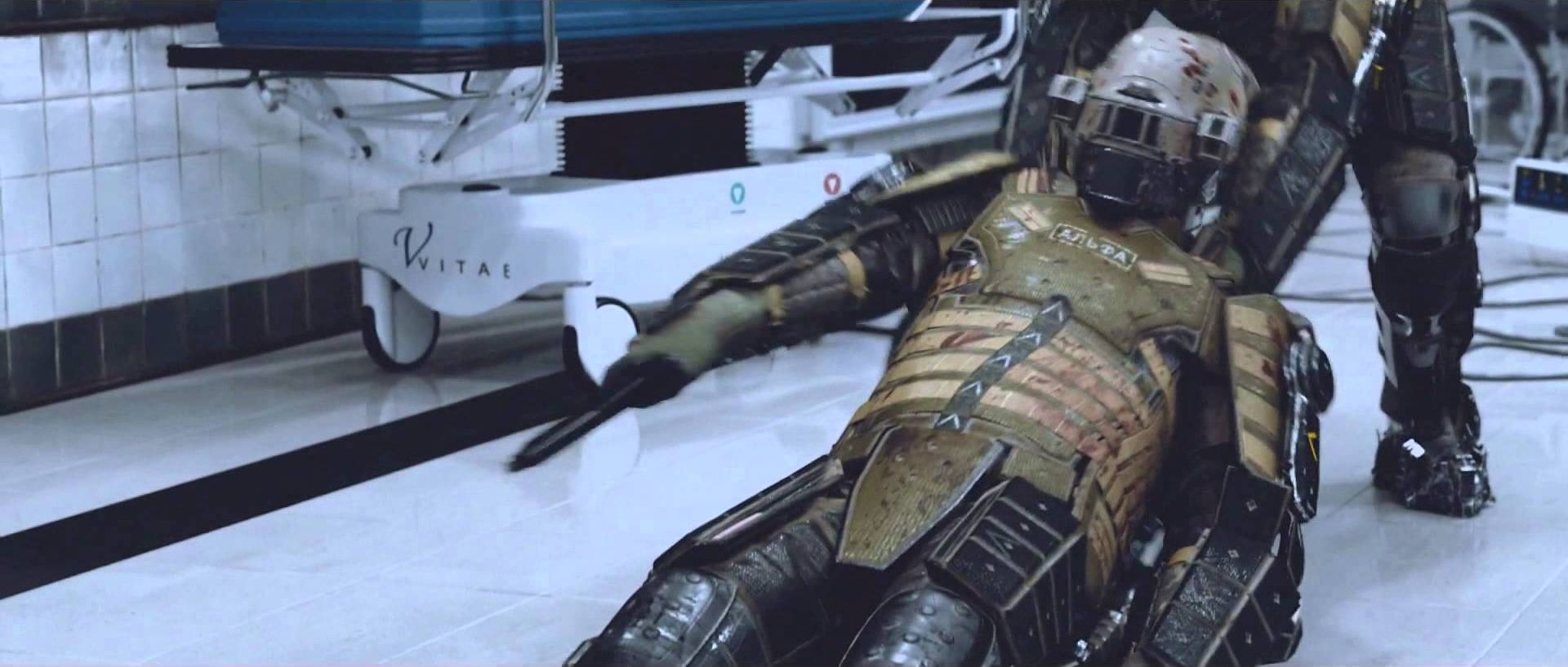
In a not too distant future, societies of all countries come to rely on an intricate network of artificial intelligence devices designed to bring efficacy to man’s life. Yet, man continues to devour himself in useless wars. A strong political hierarchy now divides all powers into three factions, and A. I. devices rapidly gain ground as efficiency becomes a priority.
As social revolts grow worse everyday, authorities seek ways to control their citizens. They decide to carry out a series of tests that will determine not only whether some crucial powers can be transferred to non human entities, but also whether man is ready to yield those powers.
The world has become a cell for all man and women, who withstand and endure their lives, rather than living them. Machines might have found a solution.
From now on, you are set free…
—————————————-
Keloid is not about robots, it is about men. Big Lazy Robot created this spec film — more than two years in the making — with the purpose of giving free reign to the creative aspects of production that many times are so much missed during profit work. And yes, we enjoyed the ride!
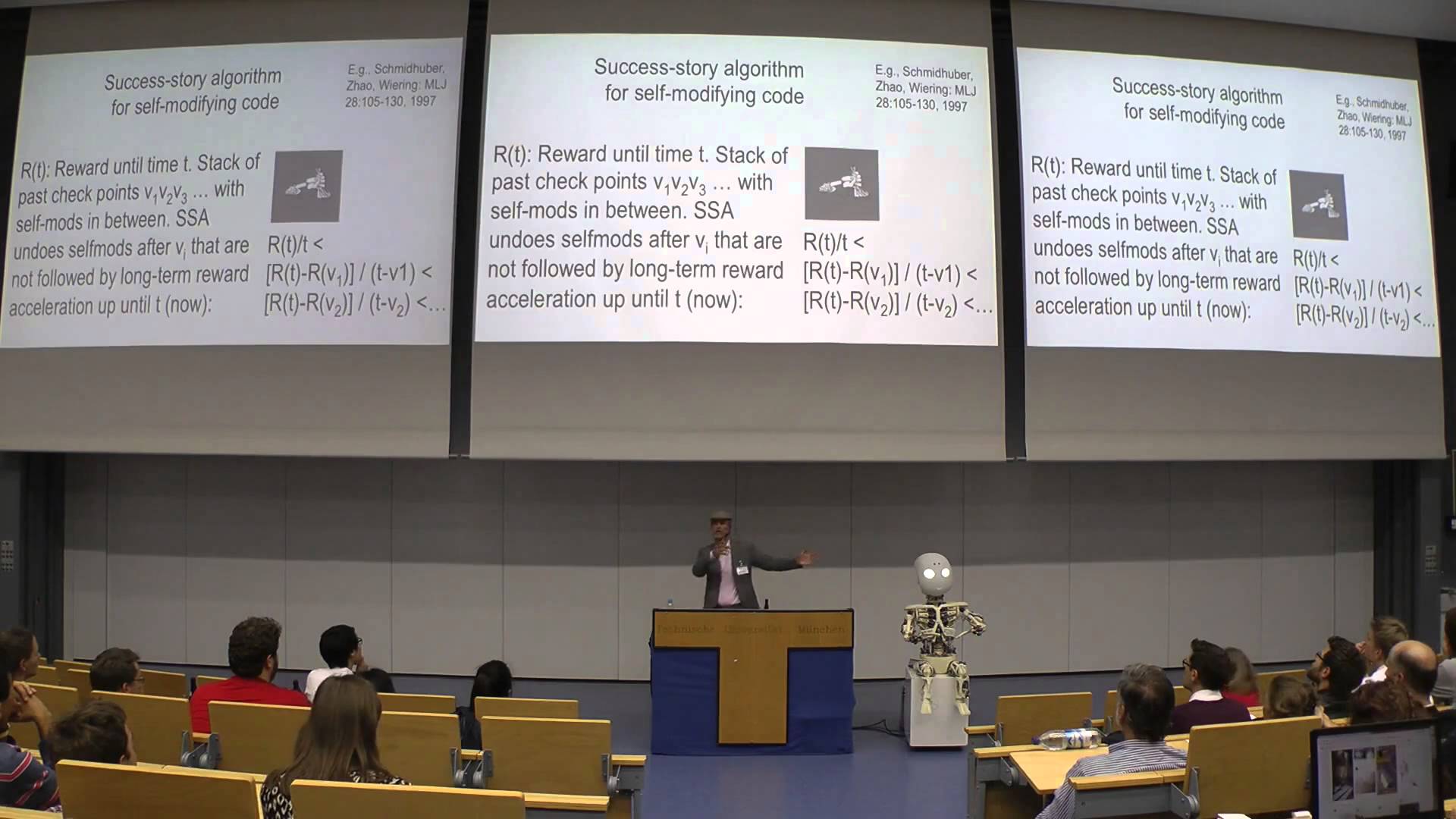
 Deep Learning in Action | A talk by Juergen Schmidhuber, PhD at the Deep Learning in Action talk series in October 2015. He is professor in computer science at the Dalle Molle Institute for Artificial Intelligence Research, part of the University of Applied Sciences and Arts of Southern Switzerland.
Deep Learning in Action | A talk by Juergen Schmidhuber, PhD at the Deep Learning in Action talk series in October 2015. He is professor in computer science at the Dalle Molle Institute for Artificial Intelligence Research, part of the University of Applied Sciences and Arts of Southern Switzerland.
Juergen Schmidhuber, PhD | I review 3 decades of our research on both gradient based and more general problem solvers that search the space of algorithms running on general purpose computers with internal memory.
Architectures include traditional computers, Turing machines, recurrent neural networks, fast weight networks, stack machines, and others. Some of our algorithm searchers are based on algorithmic information theory and are optimal in asymptotic or other senses.
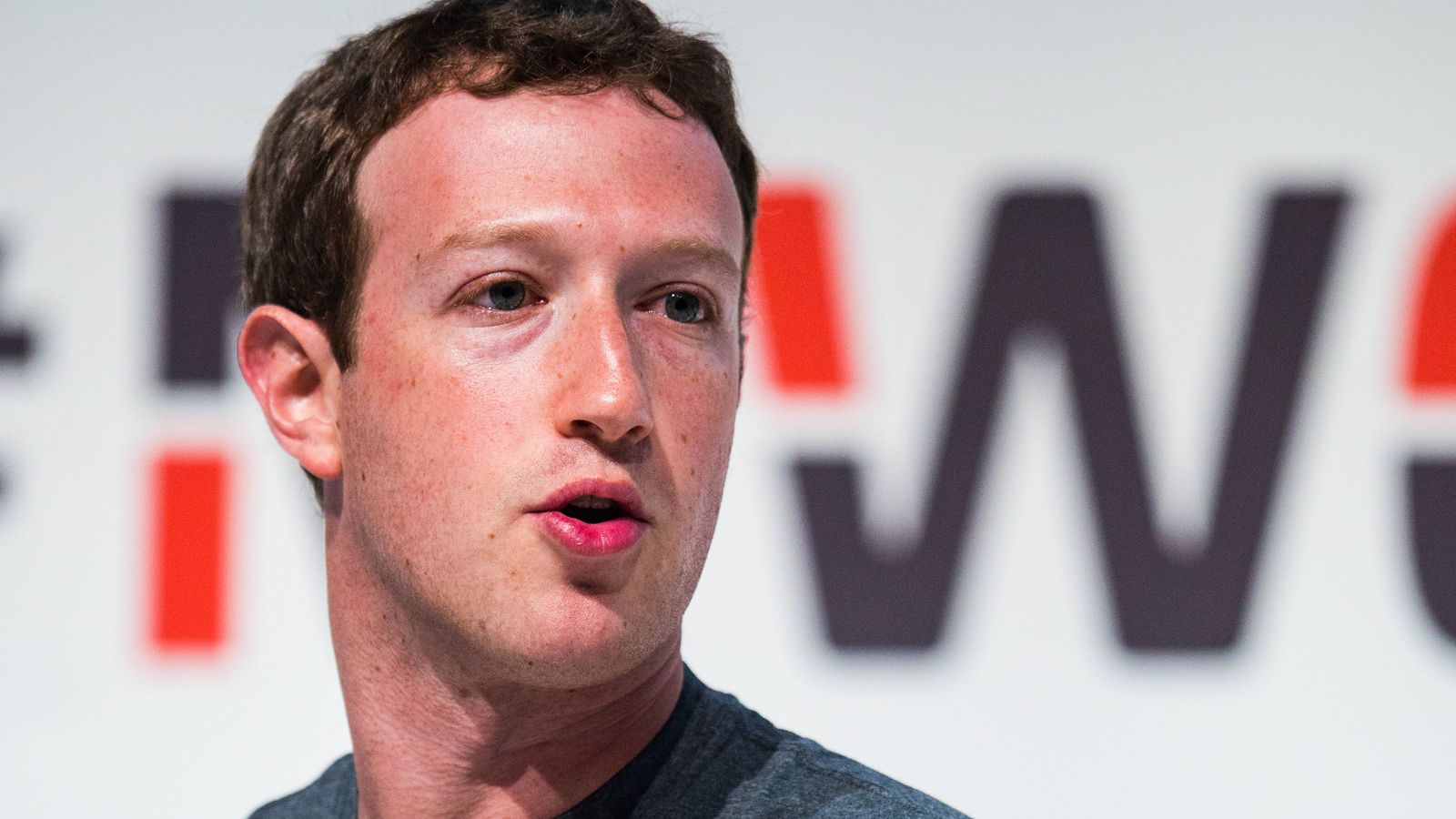
Mark Zuckerberg wants to live a bit more like Tony Stark. In a post on Facebook this afternoon, Zuckerberg wrote that he intends to build an AI that can run his home and present him with virtual reality visualizations of his work. “You can think of it kind of like Jarvis in Iron Man,” Zuckerberg writes.
Zuckerberg’s vision starts basic but gets a lot more ambitious. “I’m going to start by exploring what technology is already out there,” he writes. That should be able to handle his initial goals, like controlling “music, lights, temperature, and so on.” He also wants this system to recognize when friends are at the front door and let them in, alert him if his newborn daughter needs attention, and to do all of this only when it recognizes the person speaking. For the most part, that’s all doable even for the non-billionaire home builder. Zuckerberg has already found one product that he likes: “For just music, the Amazon Echo is pretty great. It’s been very useful for controlling music with my voice while both hands are occupied taking care of Max.”
The more challenging aspects of the project include making it work without direct input by him or Priscilla Chan, his wife. “I’m very interested in using voice and face recognition to set lights and temperature as well depending on who is in what rooms, etc,” he writes. “For example, I like rooms colder than Cilla, and but it’s possible to just see who is in what room and adjust the temperatures automatically.”

“You like your Tesla, but does your Tesla like you?” My new story for TechCrunch on robots understanding beauty and even whether they like your appearance or not:
Robots are starting to appear everywhere: driving cars, cooking dinners and even as robotic pets.
But people don’t usually give machine intelligence much credence when it comes to judging beauty. That may change with the launch of the world’s first international beauty contest judged exclusively by a robot jury.
The contest, which requires participants to take selfies via a special app and submit them to the contest website, is touting new sophisticated facial recognition algorithms that allow machines to judge beauty in new and improved ways.
The contest intends to have robots analyze the many age-related changes on the human face and evaluate the impact on perception of these changes by people of various ages, races, ethnicities and nationalities.
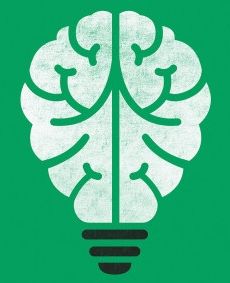
Andrew Ng hands me a tiny device that wraps around my ear and connects to a smartphone via a small cable. It looks like a throwback—a smartphone earpiece without a Bluetooth connection. But it’s really a glimpse of the future. In a way, this tiny device allows the blind to see.
Ng is the chief scientist at Chinese tech giant Baidu, and this is one of the company’s latest prototypes. It’s called DuLight. The device contains a tiny camera that captures whatever is in front of you—a person’s face, a street sign, a package of food—and sends the images to an app on your smartphone. The app analyzes the images, determines what they depict, and generates an audio description that’s heard through to your earpiece. If you can’t see, you can at least get an idea of what’s in front of you.
Artificial intelligence is changing not only the way we use our computers and smartphones but the way we interact with the real world.
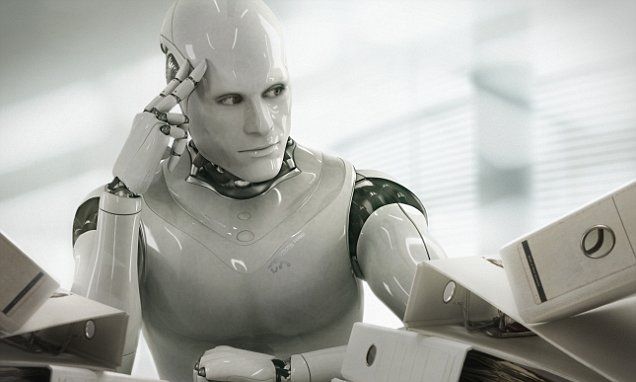
Artificial intelligence is moving so fast that within a decade, we will even be able to swallow computers so they can perform internal operations and release drugs.
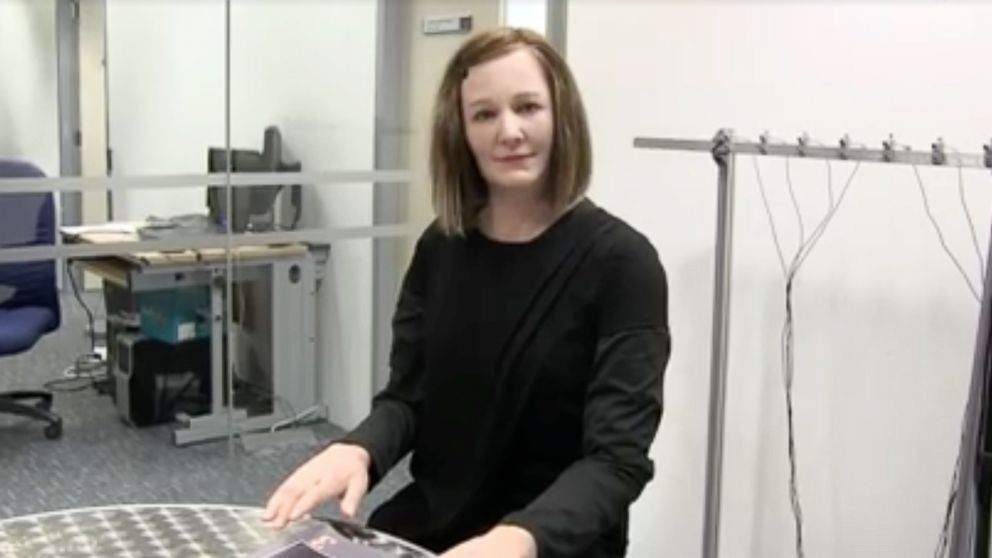
Getting there. Hands still look creepy though. I predict around 2020 they will attempt to stick a slimmed down version of the Atlas Robot into this.
Scientists recently unveiled “Nadine,” a socially intelligent, human-looking robot complete with “her own personality, mood and emotions.” http://abcn.ws/1kwQwKG
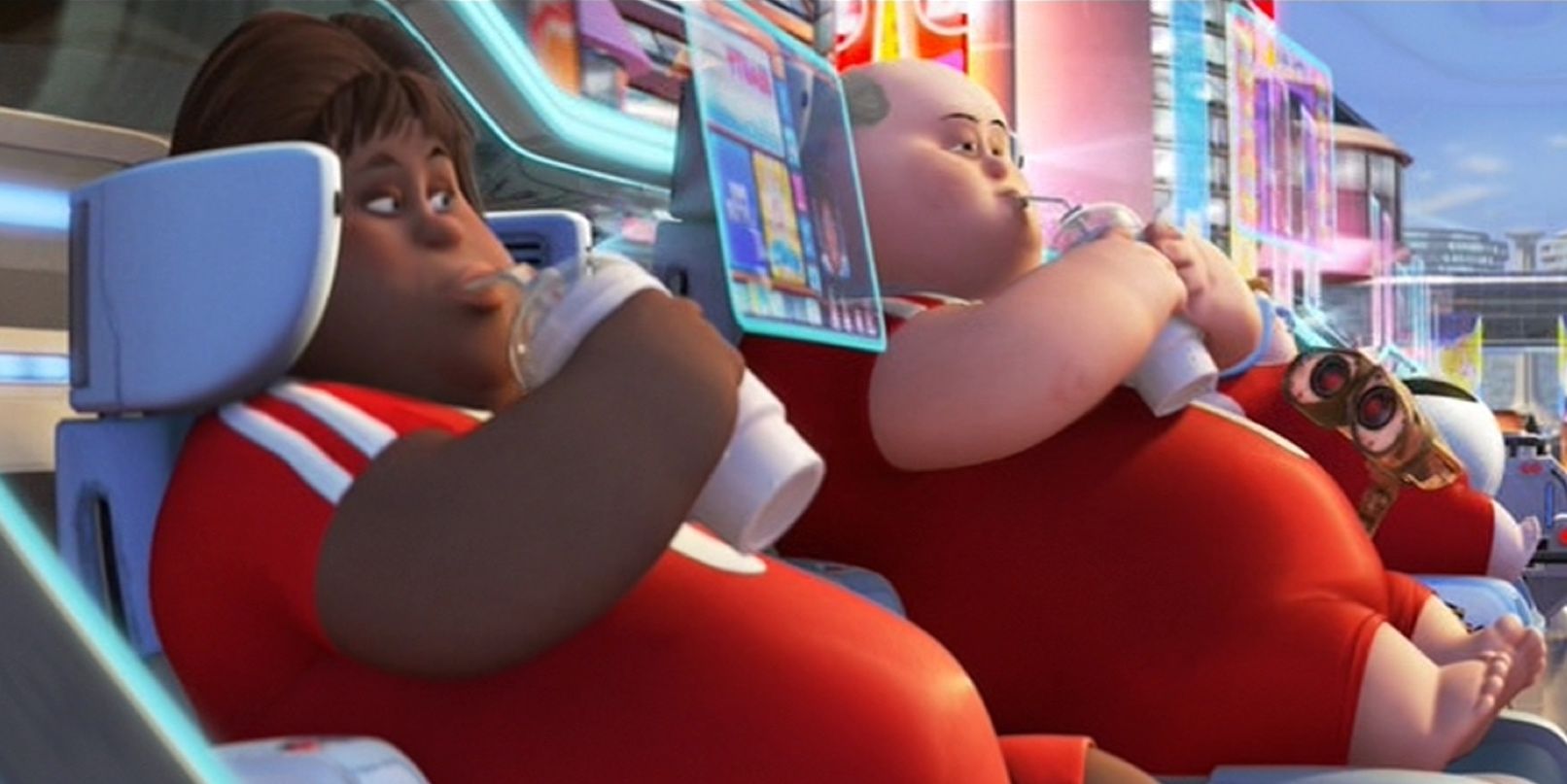
What will really happen if artificial intelligence takes the jobs we have today? How would society change if we got a basic income?
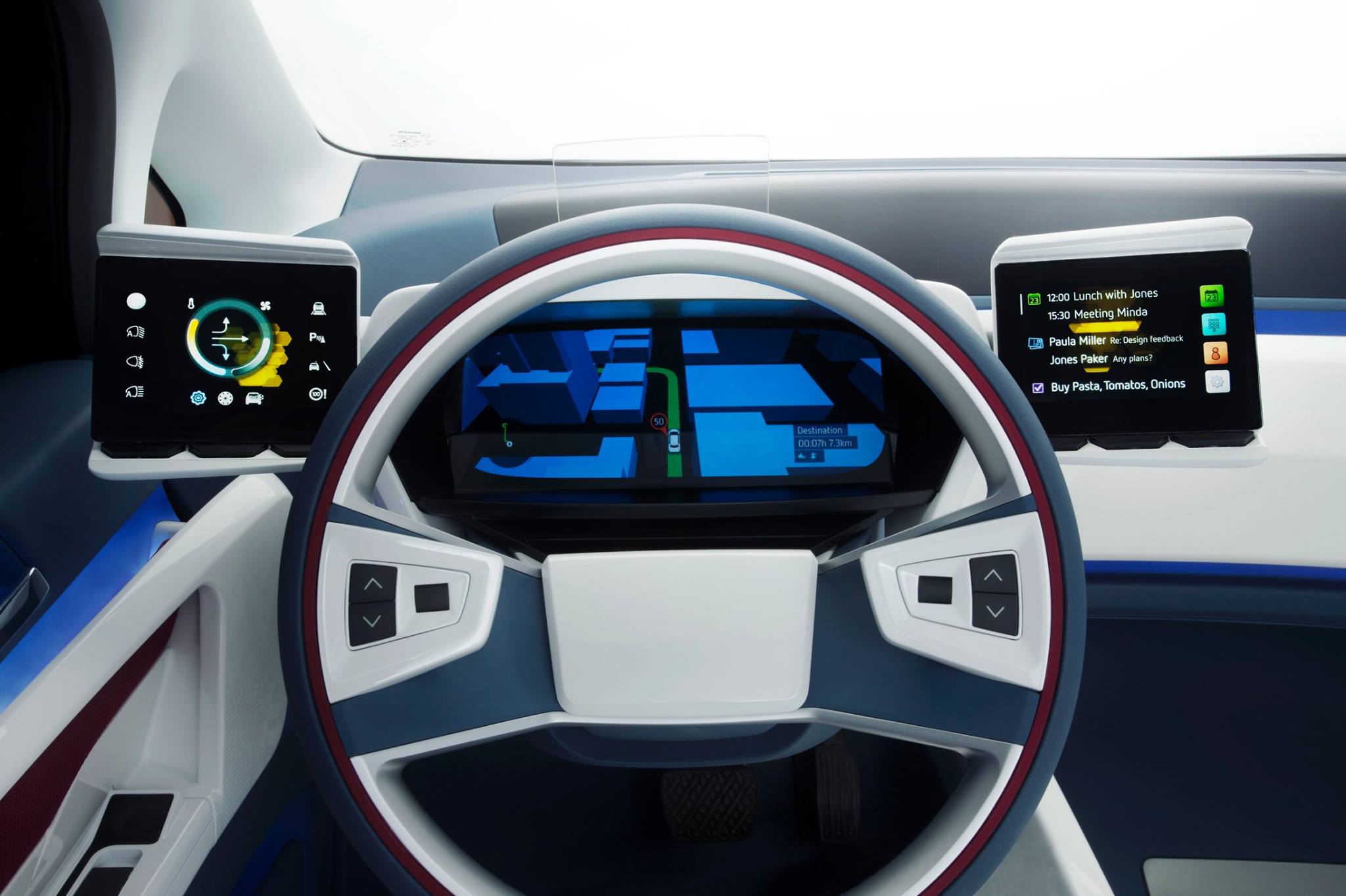
Cambridge scientists are “teaching machines to see” using a new smartphone-based system (or a regular camera), without GPS or a wireless connection.
This has applications in everything from driverless cars to autonomous vacuum cleaners.